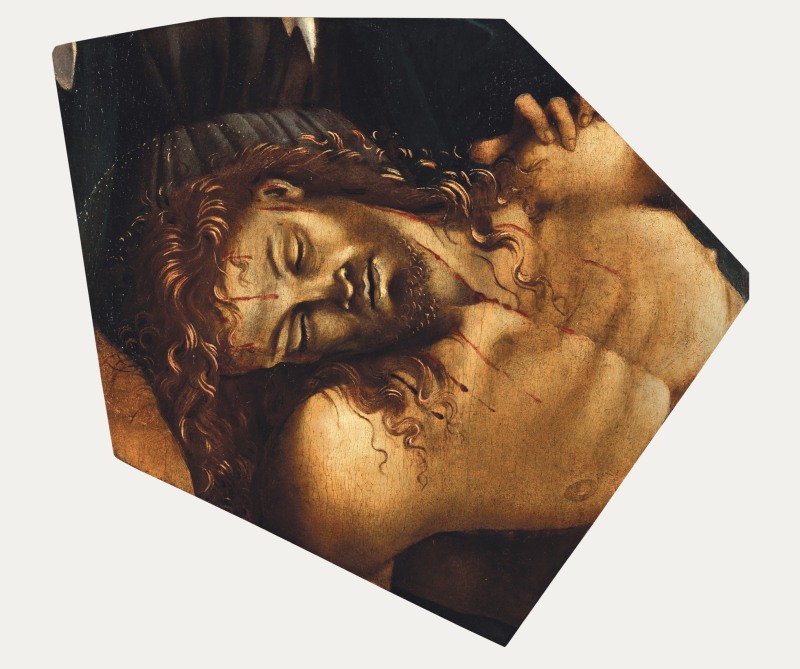-
Biography
Luca Signorelli (Cortona, Italy c.1450 - Cortona, Italy 1523)
The first significant work is the Testament and Death of Moses, painted around 1482 in the Sistine Chapel in the Vatican at the time of Sixtus IV della Rovere. Signorelli arrived in Rome in his thirties, already gifted with a mature and original style, with a strong focus on the human figure. In the city of the Popes, he had the opportunity to closely study the classical architecture, ancient ruins and the vast repertoire of models offered by the statues, bas-reliefs, columns and fragments of sculpture scattered throughout the city. This experience made him acquire a particular talent for rendering figures, for which he became famous among his contemporaries.His success in Rome opened the doors to an uninterrupted career, which for the next twenty years saw him active in the main cities of Umbria, Tuscany and the Marches. Some of his most famous masterpieces date back to 1480-1500, thanks to the protection of Lorenzo the Magnificent and the Medici family. He obtained important commissions, including the renowned panel with the Education of Pan, in Florence, and a majestic Annunciation, signed and dated, in Volterra.
Having left Florence after the Death of the Magnificent, Signorelli had numerous commissions in various locations, including Città di Castello, Urbino, Loreto and Cortona; in particular, in 1497, he dedicated himself to the vast cycle of frescoes in the cloister of the Abbey of Monte Oliveto Maggiore.
The height of his success was the masterpiece Last Judgment in the Cathedral of Orvieto, produced between 1499-1502. In 1513 Signorelli returned to Rome, but his popularity had been superseded by Michelangelo and Raphael, who were among his main admirers. Signorelli continued to work for another ten years until his death in Cortona in 1523.
Photo UniCredit Group
-
Works
Luca Signorelli Italian, c.1450-1523
Cristo morto, 1504-1505Oil on board / Olio su tavola / Öl auf Karton22 5/8 x 27 1/2 in
57.5 x 70 cmUniCredit S.p.A.Photo: UniCredit GroupOn long-term loan to Museum Collezioni Comunali d'Arte, Bologna, Italy.On long-term loan to Museum Collezioni Comunali d'Arte, Bologna, Italy.
Join our mailing list
* denotes required fields
In order to respond to your enquiry, we will process the personal data you have supplied in accordance with our privacy policy.




